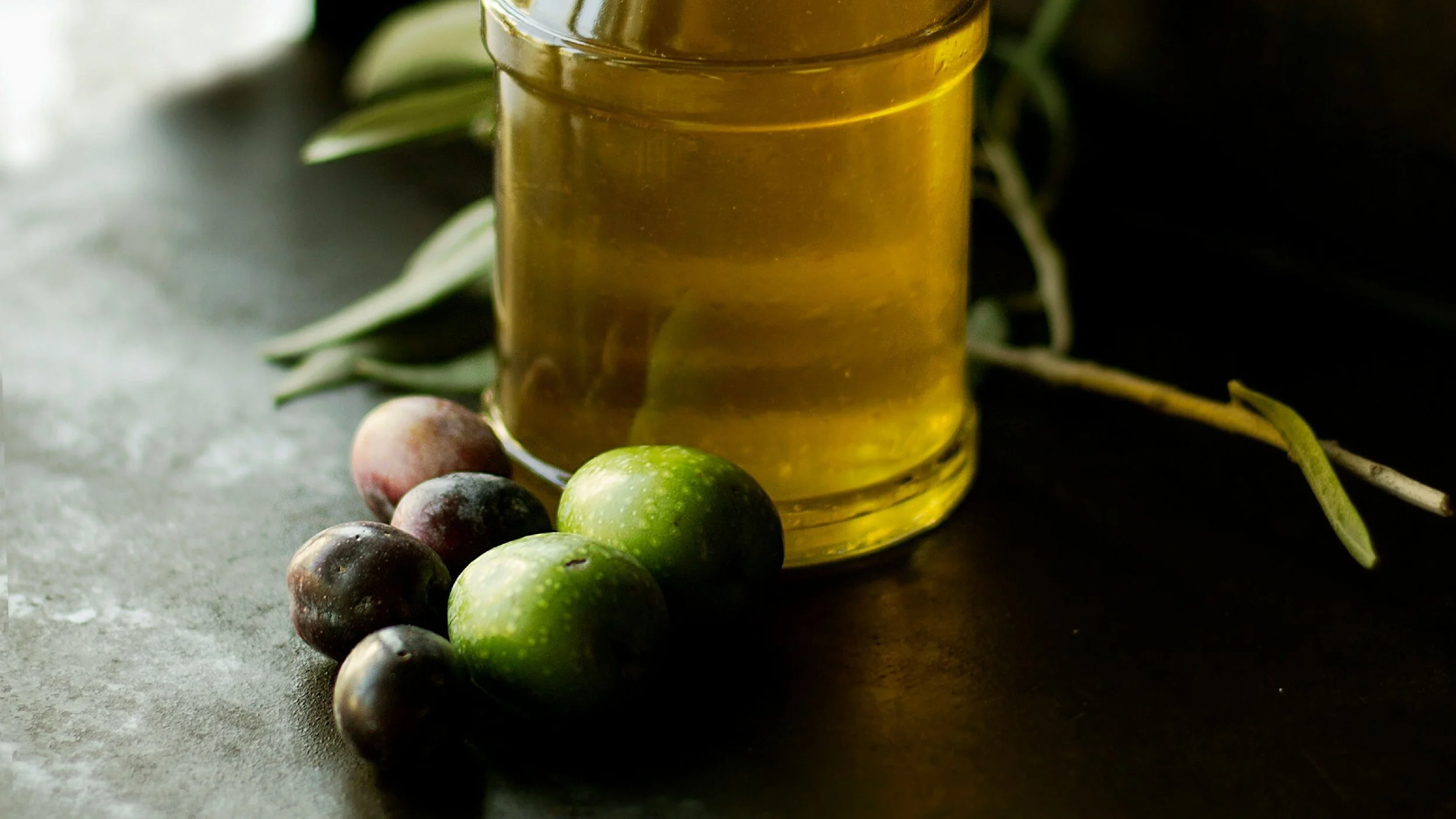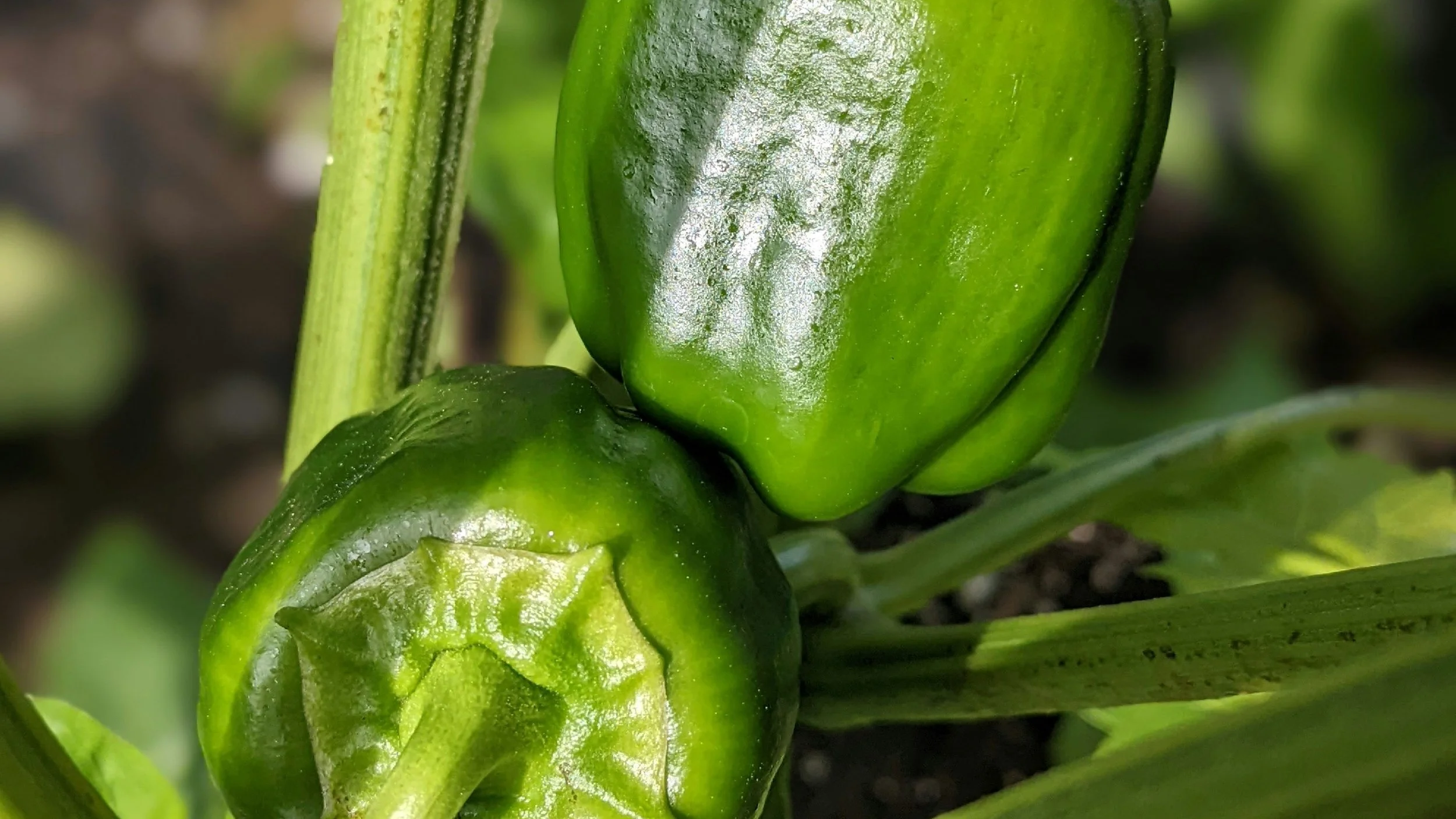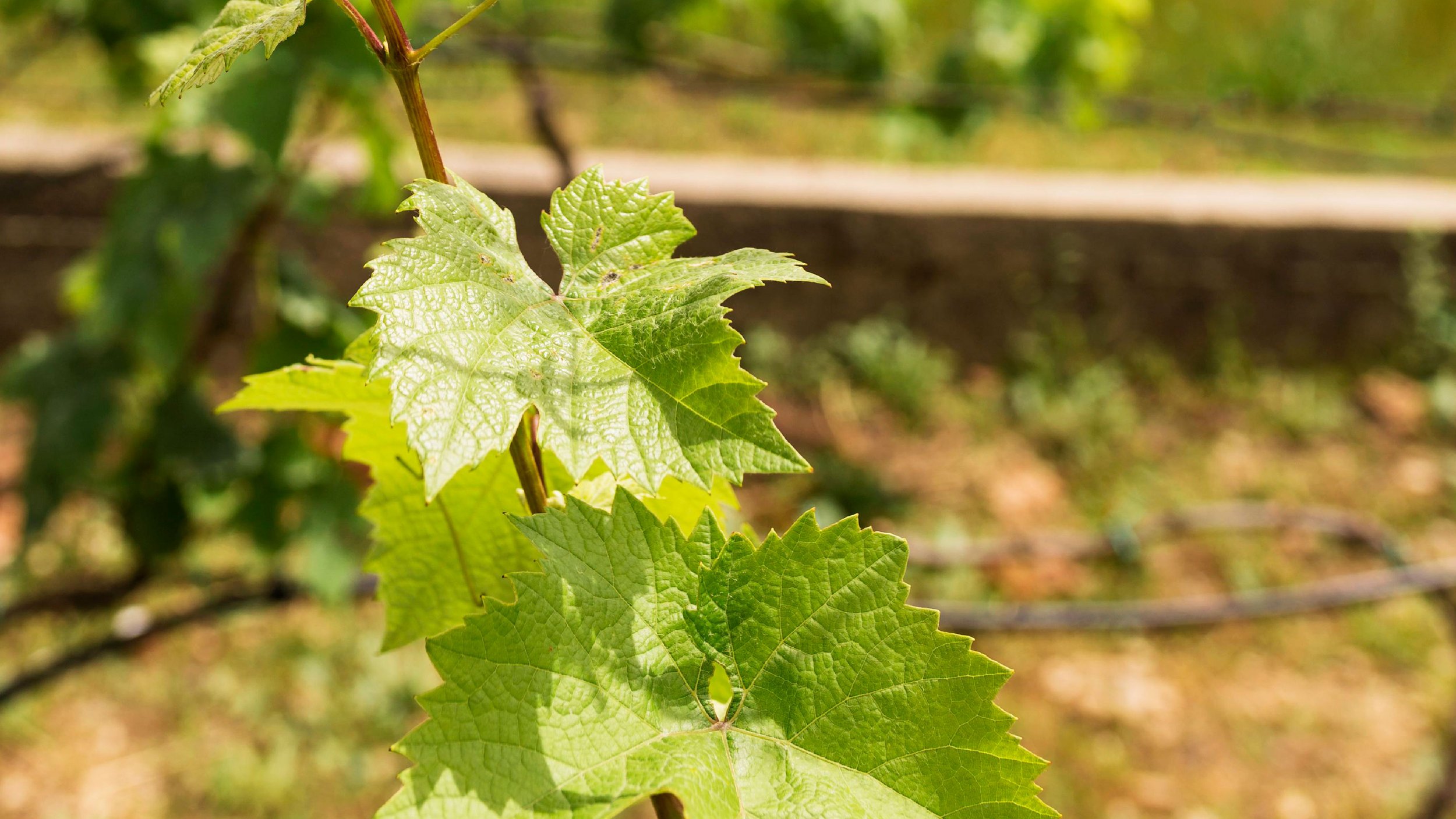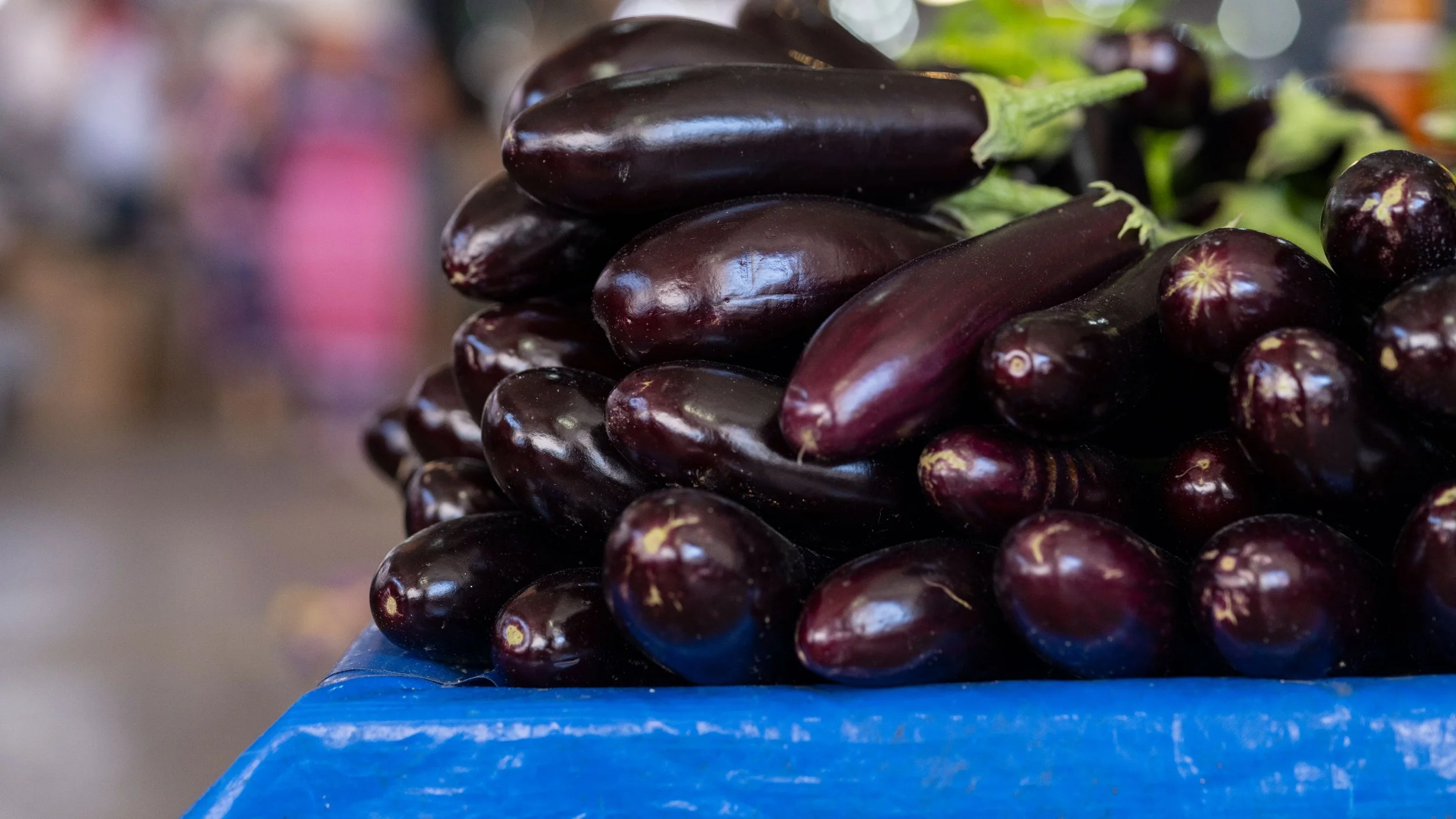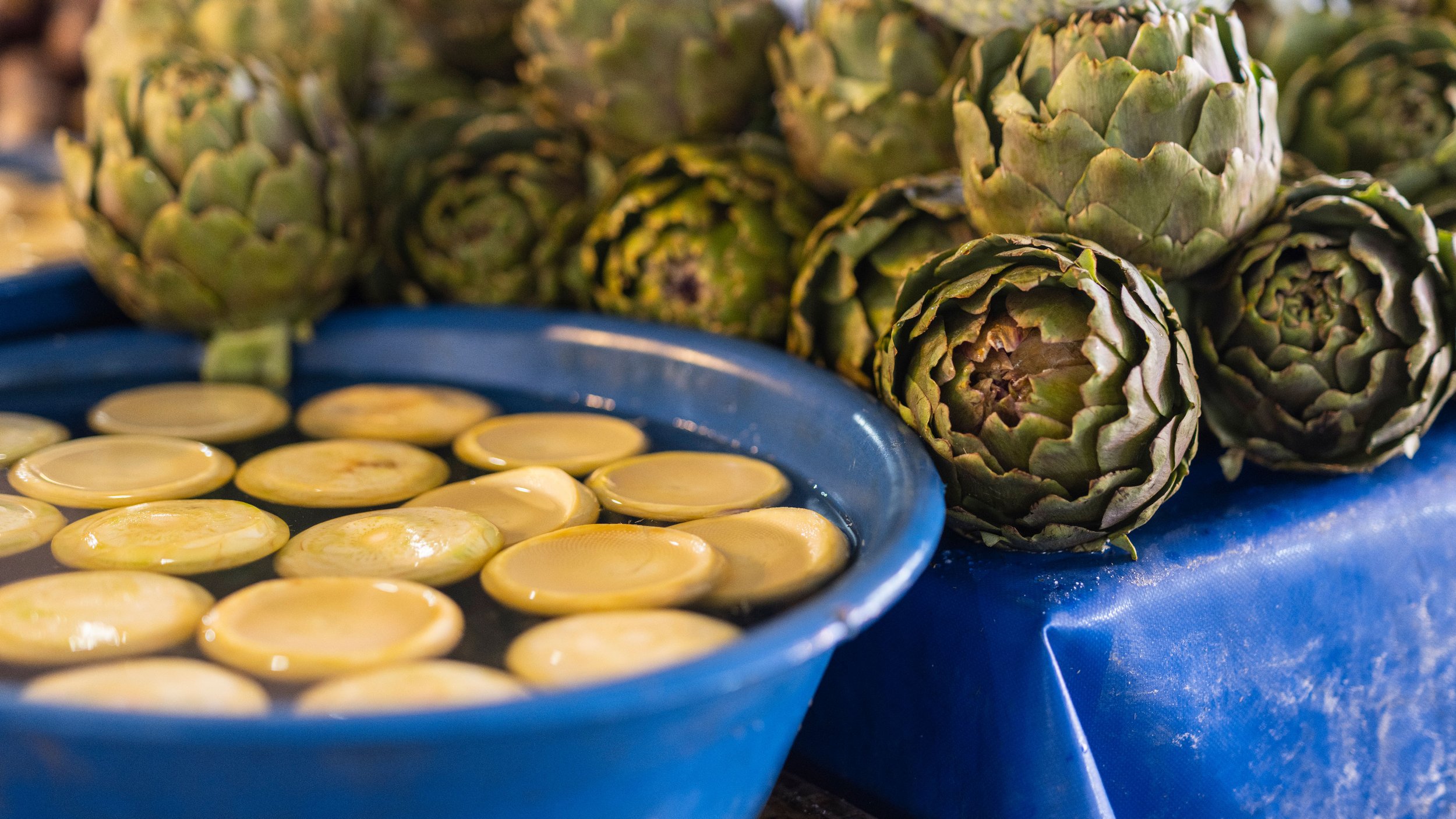Olive oil dishes
Olive Oil
Olive oil is one of the oldest ingredients used in cooking. Although no exact dates are available regarding its initial use, the earliest surviving olive oil amphora dates back to 3,500 BCE. However, there is no doubt that production of olive oil had begun much earlier as archaeological evidence in Galilee, Israel, shows that by 6,000 BCE olives were being turned into olive oil.
Olive oil started to dominate Istanbul’s culinary culture in the early 19th century. Before that lack of modern modes of transportation meant high-quality olive oil arriving from Asia Minor was rather expensive. And, perhaps more interestingly, for centuries, olive oil use was associated with non-Muslim communities, particularly Armenian and Rum. With the massive modernization reforms undertaken in the 19th century, the imagined borders between the different communities of Constantinople started to fade away and olive oil entered Muslim kitchens, never to leave again.
In Turkey, the Aegean region – particularly the city of Aydın and the town of Ayvalık – produces some of the best olive oils found in the market today. Other than Turkey, some of the producers of top-quality olive oil include Spain, Greece, Italy, France, Tunisia, Egypt, Portugal, and Morocco – in other words, the usual Mediterranean suspects.
In Istanbul today, olive oil is sold in supermarkets, olive stands in neighborhood markets, pickle shops, specialized olive shops, and aktars. What matters more when it comes to olive oil is not where you buy it from but how it is produced.
Cold-pressed, early-harvest, extra virgin olive oil has a forest-green color, fruity aroma, and a slightly peppery flavor so unmistakable in its deliciousness that it truly deserved to be called the gift of the gods.
Keeping low temperatures during cold-pressing ensures the natural aroma and flavors of the olives are preserved and the nutritional value of the finished product is maintained.
Early-harvest olives deliver a more robust aroma and flavor and also contain more anti-inflammatory nutrients.
Extra virgin olive oil is the least processed meaning natural antioxidants and vitamins are not lost in production.
Dolma
Dolma means to be filled or stuffed and traditionally green bell peppers have been the first-choice dolma vegetable of Istanbulites.
Green bell peppers, harvested during the summer months, are often bought from neighborhood markets where thin-skinned and small-sized varieties are often found.
The distinctive taste of Istanbul’s dolma comes from the pine nuts, currants, and spices – black pepper, allspice, mint, and cinnamon – used in the preparation of the rice filling.
Pine nuts are a delicacy in the truest sense of the word. Only 29 species around the world provide edible nuts and of those, only 20 are traded, as the remaining 9, although edible, are too small. In Levantine cuisine traditionally stone pines, which are known for their slender shape and homogenous flesh, are used.
With rising levels of migration to Istanbul from south-eastern Turkey during the second half of the 20th century, a different variety of dolma has appeared in the city’s meyhanes: dried aubergine. Originally a dish from Adana and Gaziantep, the rice filling of the dried aubergine dolma is very spicy thanks to copious amounts of chili flakes and powder used in its preparation.
In recent years, the popularity of dried aubergine dolma has increased even further and today you can procure these dried vegetables – tied to a string and hanging from the ceiling – from any aktar in Istanbul.
Sarma
Sarma means to be rolled (although “stuffed” is commonly but mistakenly used to describe these dishes) and cabbage, vine, grape, and chard leaves have traditionally been used for Istanbul’s sarma dishes.
With cabbage and chard sarmas, fresh leaves are preferred. Fresh vine and grape leaves are also available – especially in May – in neighborhood markets. Istanbulites often buy these and either freeze or preserve them in brine to use in the winter months.
Because sarma features so prominently in Istanbul’s culinary culture, preserved vine and grape leaves can be procured at any time during the year from specialized shops or street vendors with tiny hand carts, called yaprakçı (leaf seller).
The most coveted vine and grape leaves come from Tokat, a city in eastern Anatolia. The leaves – hand-picked during May and June – are very thin and have no veins on them, meaning they have a very smooth texture when cooked.
Aubergines
Istanbulites have always loved their aubergine. The first Ottoman cookbook, written by Cypriot Mehmet Kamil Pasha and titled Melceü’t-Tabbahin (or, A Refuge for Cooks) lists eleven dishes made with aubergines in the special “vegetable dishes” section, which in total includes twenty-six recipes.
The sheer number of different dishes that can be made with aubergines is mesmerizing; aubergine fritters, stuffed aubergines, deep-fried aubergines, skewed aubergines, beğendi (puréed aubergines with lamb), moussaka, roasted aubergine salad, and many others.
By botanical definition and despite being typically used as a vegetable in cooking, aubergine is in fact a berry.
First produced in India and China, it arrived in Constantinople with Byzantines. Indeed, it was unknown to classical cuisine and neither Greeks nor Romans had a name for aubergines. On the contrary, there are numerous Arabic and North African names for it, indicating that it was grown throughout the Mediterranean by Arabs and North Africans.
This vegetable-cum-fruit has an exceptional capability to absorb oils and different flavours of herbs and spices. In a city where the richest of olive oils were available to the population and which stood at the most significant spot on the Silk Road and hence on the Spice Trade, aubergine was simply destined to become an indispensable part of the culinary culture.
Realizing Istanbulites’ penchant for the aubergine, meyhanes were quick to ensure they would serve the tastiest, most succulent aubergine mezzes to their habitués including şakşuka (fried aubergines, potatoes, and courgettes, served with a garlic tomato sauce); kuru patlıcan dolması (dried aubergines stuffed with spicy pilaf); patlıcan pabucaki (grilled aubergines stuffed with fried onions, peppers, tomatoes, and olive oil and topped with salty feta or mihaliç cheese); and, last but not least, patlıcan ezme (roasted aubergine salad with garlic, lemon juice, olive oil, black pepper, and parsley).
Two main types of aubergine exist in Istanbul today: kemer and bostan (truck farm). The former, a favorite of rakı aficionado Ahmet Rasim, is thin and long and can easily be found in all supermarkets and markets. The latter is tastier and has a softer texture. Shaped like a giant bulb, this un-seeded variety is often only found in neighborhood markets.
Interestingly, this favorite berry-cum-vegetable of Istanbulites also brought about the city’s worst nightmares: the aubergine fires. In a city, predominantly housed with wooden structures, the aubergine season meant a “spike in the number of fires caused by cooking incidents” a newspaper from the early 20th century noted. In 1908, one “aubergine fire caused by a spark jumping out of the pan while frying eggplants” lasted for two nights and resulted in 1,500 structures being burnt down.
A common feature in all Mediterranean cuisines for centuries, artichokes occupy a special place in Istanbul’s culinary culture. The Greek anginares alla Polita – “artichokes city-style”, referring to the city of Constantinople – is a lemony stew made with artichoke hearts, potatoes, and carrots and flavored with onions, lemon, and dill and often eaten cold.
Istanbulites often procure their artichokes, cleaned and peeled, from neighborhood markets and cook them with fresh carrots, onions, and green peas in olive oil.

